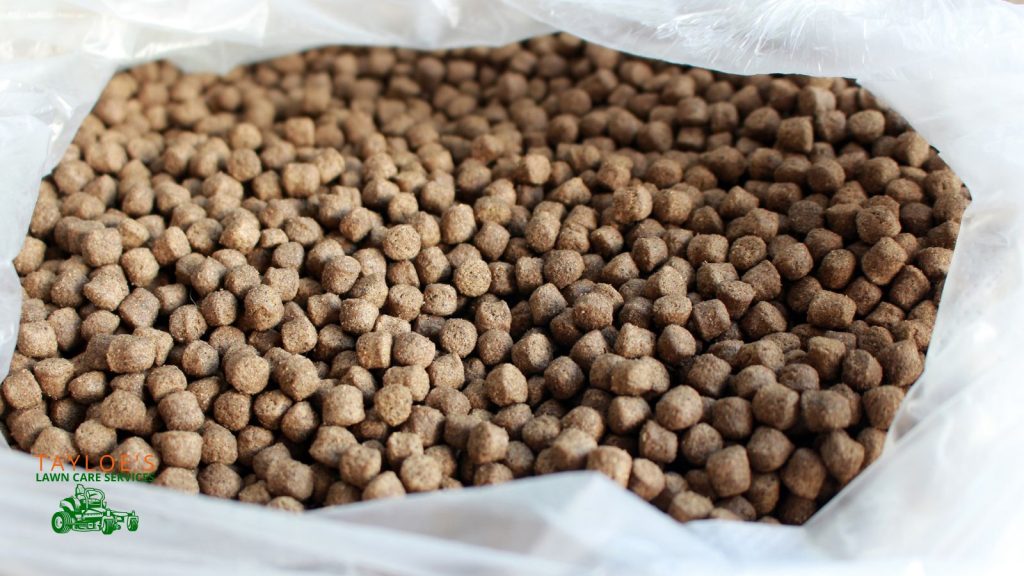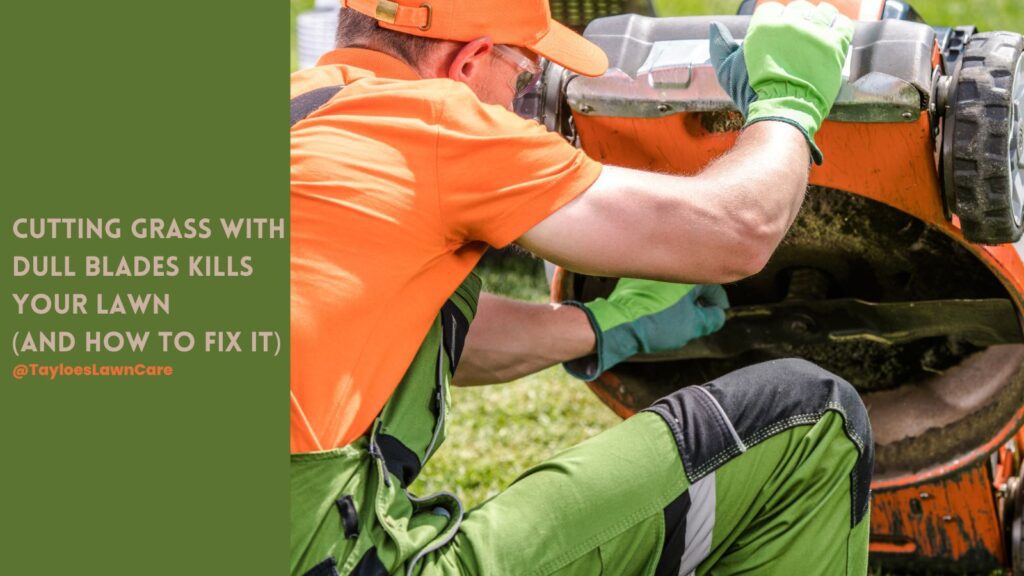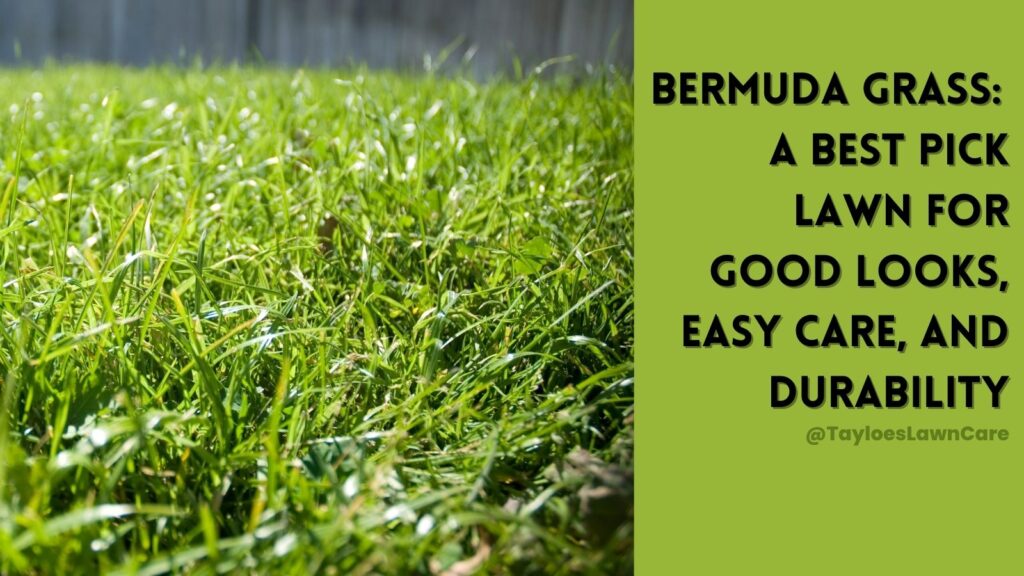Last Updated on: 8th November 2024, 07:02 am
Here are some things to know before liming your grass.
Your lawn is a living, breathing entity. Just like any other living thing, it has specific needs to thrive. One of the essential elements that could influence both the health and vibrancy of your lawn is the soil’s pH level. If you’ve ever heard of using lime on lawns and wondered if your yard might benefit, you’ve come to the right place. Let’s dive deep into the world of liming lawns.
What is Lime, and Why is it Important?
Lime is a soil amendment. It comes from ground limestone rock, which naturally contains both calcium carbonate and magnesium carbonate. When you add it to your soil, it makes the soil less acidic.
The Science Behind Lime and Soil pH
The pH scale tells you the acidity or alkalinity of any substance. The scale ranges from 0 to 14. Seven (7) is a neutral. Anything below a 7 is acidic, and anything above a 7 is alkaline. Most plants, including grass, prefer slightly acidic to neutral soil (around pH 6.0 to 7.5).
If the pH level is too low, it means the soil is too acidic, and this can interfere with the plant’s ability to take in essential nutrients. Lime acts as a corrective measure, raising the pH to optimal levels allowing plants better to absorb nutrients like phosphorus, potassium, and magnesium.

Determining If Your Lawn Needs Lime
1. Soil Testing: The first step in determining if your lawn requires lime is by testing the soil’s pH. You can invest in a home testing kit at any local hardware store.
2. Visual Checks: Lawns that need lime might show signs of poor grass growth, weed overgrowth (since many weeds thrive in highly acidic soils), or yellowing patches.
How to Apply Lime to Your Lawn
1. Choose the Right Lime: There are two main types of lime: calcitic lime (which contains only calcium carbonate) and dolomitic lime (which contains both calcium and magnesium carbonate). Your soil test will indicate which one is more suitable for your lawn.
2. Application: Using a lawn spreader, evenly spread the lime over your lawn. Ensure you follow the manufacturer’s guidelines regarding the amount to apply.
3. Watering: After applying the lime, water your lawn. That helps to move the lime into the soil.
How Often Should You Apply Lime?
The frequency of lime application varies depending on the initial pH of the soil. It also partially depends on the type of soil. Sandy soils need liming every few years, while clay soils may only need it once a decade. Regular soil testing (every two or three years) will provide the best guidance.
FAQs About Liming and a Healthier Lawn
Here’s a closer look at some lingering questions you might have.
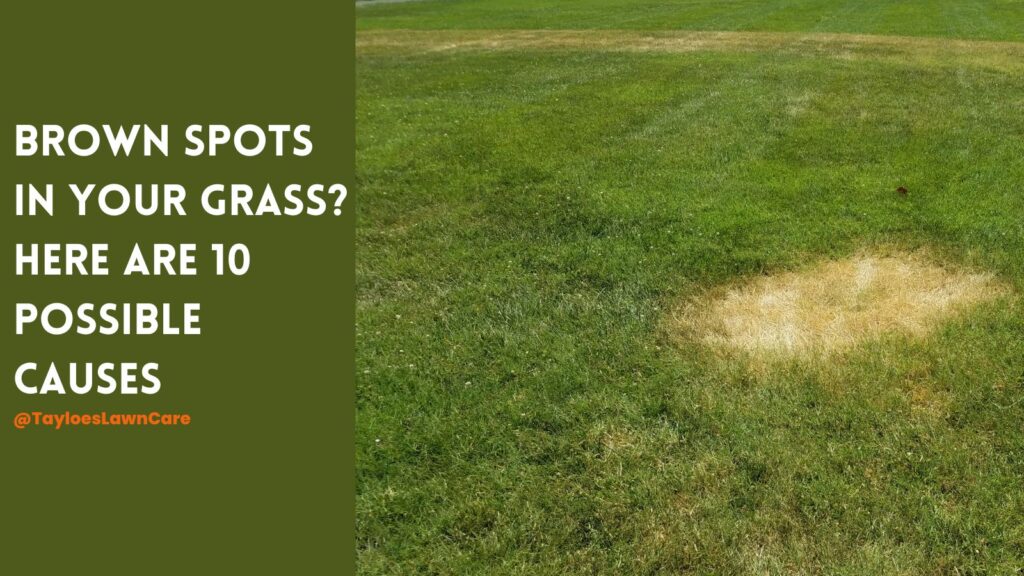
What exactly is pH, and why is it important for my lawn?
pH stands for ‘potential of Hydrogen.’ It is also is a measure of the acidity or alkalinity of a substance. For lawns, a balanced pH ensures that grass can absorb the key essential nutrients from the soil. If the pH is off, your grass may struggle to get the nutrients it needs, leading to a less healthy and vibrant lawn.
Are there any dangers to over-liming my lawn?
Yes, over-liming can lead to a soil pH that’s too high (too alkaline). This can inhibit the lawn’s ability to absorb certain nutrients, especially iron. An over-limed lawn might show signs of iron deficiency, like yellowing blades of grass.
How soon will I see results after applying lime?
Typically, the effects of liming can be seen within a few months, but full benefits might take up to a year or even longer, depending on soil composition and conditions.
Is lime harmful to pets or children?
Lime, in its natural state, is not toxic. However, if a pet or child ingests it in large amounts, it can cause intense gastric discomfort. It’s always a good idea to keep pets and children off the lawn for at least 24 hours after applying it. If your children or pet eat any, call the pediatrician/veterinarian for care information. You can also try North Carolina Poison Control (humans) at 1.800.222.1222.
Can I apply lime and fertilizers at the same time?
It’s best to space them out. Applying them simultaneously can lead to nutrient competition, reducing their effectiveness. A gap of at least one to two weeks between liming and fertilizing is always a good idea.
How do I store leftover lime?
This powdery product should be stored in a cool, dry place, away from moisture. It’s best to keep it in its original bag, sealed tightly, and stored off the ground.
Does lime kill weeds?
While the lime itself doesn’t kill weeds, by correcting the pH of your lawn, you create an environment where grass can thrive and outcompete many common weeds that prefer acidic soils.
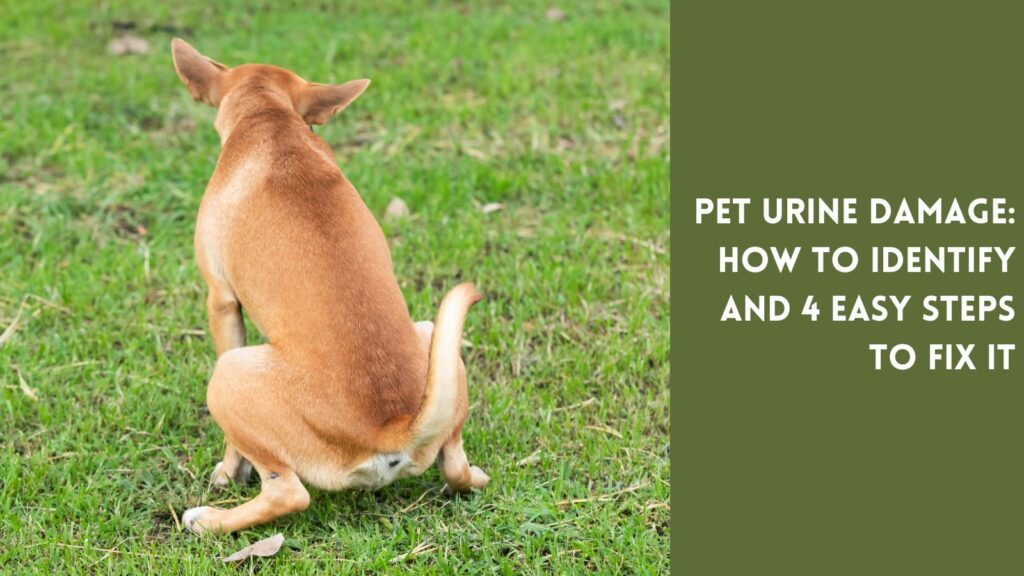
Let the Professionals Handle Your Lawn Care Needs
Balancing the pH level of your lawn is crucial for its health and beauty. While liming is a solution, it requires knowledge and precision. If you’re unsure about the process or just want to ensure it’s done right, our professional team is here to help. With our expertise and dedication to your healthy lawn, we will ensure your yard gets the care it deserves. Please don’t leave it to chance; leave it to us! Call Tayloe’s Lawn Care Services at 252.287.3376 today and let us take care of your lawn’s liming needs.
Author Profile

- Randy Tayloe is the COO of Tayloe's Lawn Care Service, LLC. He is a certified custom applicator, recognized by the North Carolina Department of Agriculture Pesticide Division. A native of Bertie County, NC, and graduate of Bertie High School, he wants to beautify his home county - one yard at a time.
Latest entries
 GardeningApril 1, 2025Fountain grasses add colorful foliage and movement
GardeningApril 1, 2025Fountain grasses add colorful foliage and movement GardeningMarch 21, 2025White cloud muhly grass growing guide
GardeningMarch 21, 2025White cloud muhly grass growing guide Lawn CareFebruary 25, 2025Should I mow every week?
Lawn CareFebruary 25, 2025Should I mow every week? Lawn CareFebruary 18, 202515 Simple early spring lawn care tips
Lawn CareFebruary 18, 202515 Simple early spring lawn care tips

